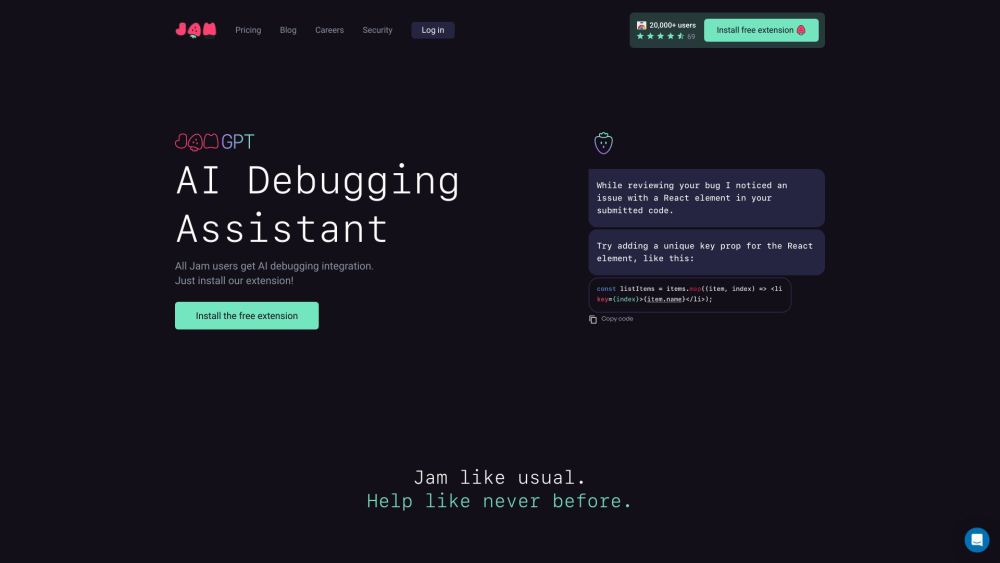OpenAI has unveiled its new artificial intelligence model, o1, which reflects the organization's ambitious vision for the future of AI. o1 is an advanced reasoning model designed to tackle complex problems efficiently and surpass human computing speeds. However, it is essential to note that the cost associated with using o1 is significantly higher than previous models, which may be an important consideration for users.
The o1 model is also the highly discussed "Strawberry" model. Alongside o1, OpenAI has released a more budget-friendly counterpart, o1-mini. While o1-mini is more accessible in terms of pricing, it offers simplified functionality.
The o1 model allows for a limited number of daily uses as it is still in the testing phase. Each interaction consumes approximately 50 times the points of the standard GPT-4 model, leading many users to try it despite the slower response times.
In a series of tests involving logic and mathematics, we aimed to compare the performance of o1 with ChatGPT-4o-Latest, focusing on logical reasoning. For example, in a basic comparison of decimal values, o1 correctly identified that 9.9 is greater than 9.11, showcasing its superior logical capabilities.
In another test regarding a scenario with objects moving between different rooms, o1 provided a clear and accurate answer, demonstrating a strong grasp of logical reasoning compared to ChatGPT-4o-Latest.
A third test involved a complex math problem from the 2022 college entrance examination. In this case, o1’s approach aligned perfectly with the standard answer, reflecting meticulous mathematical reasoning, whereas ChatGPT-4o-Latest faltered in its calculations.
The launch of o1 marks a pivotal advancement towards human-like intelligence, although at a premium cost. Developers face significant expenses when using o1, with pricing considerably higher than GPT-4o, as it employs a new optimization algorithm and specialized datasets for training.
OpenAI's Jerry Tworek revealed that the training methodology for o1 is fundamentally different from previous models, indicating its unique learning capabilities. O1’s enhanced performance in coding and mathematical logic further distinguishes it from its predecessor.
In tests involving the International Mathematical Olympiad qualification exam, o1 demonstrated exceptional ability with an accuracy rate of 83%, significantly outperforming GPT-4o, which scored only 13%.
While o1 excels in complex reasoning, it lacks the breadth of general world knowledge and cannot browse the internet or handle images and documents. Thus, while o1 may be considered a "smart mathematician," its capabilities remain somewhat limited in broader contexts.
Despite recognizing its limitations, OpenAI views o1 as a significant milestone in AI development, symbolizing a new beginning in the AI evolution. OpenAI's McGrew expressed hope that this model would signify a fresh start in their naming conventions.
As we look to the future, it’s essential to remember that while AI models like o1 can handle reasoning tasks with impressive skill, they still rely on pattern recognition from vast amounts of data rather than possessing genuine intelligence.





